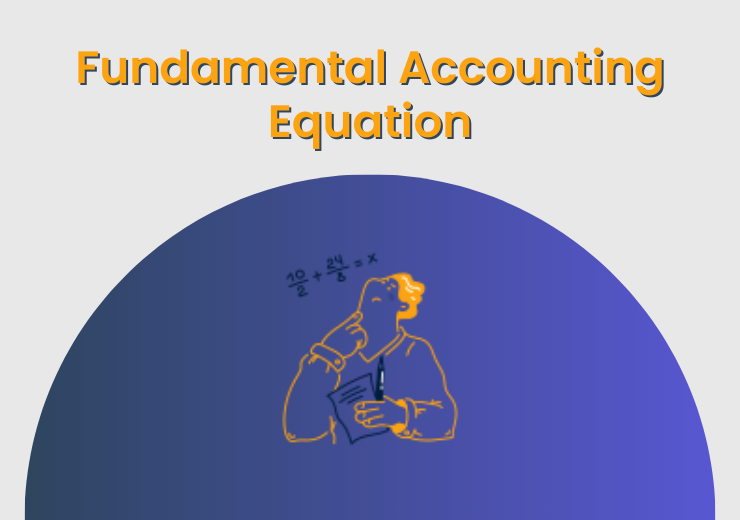Introduction to the Fundamental Accounting Equation
In the realm of finance and accounting, there exists a foundational principle that serves as the cornerstone of all financial transactions and analyses. This principle, known as the Fundamental Accounting Equation, lies at the heart of every balance sheet and financial statement, guiding the way businesses measure their financial health and stability.
Understanding the Equation
At its core, the Fundamental Accounting Equation represents the fundamental relationship between a company’s assets, liabilities, and equity. Expressed mathematically as:
Assets = Liabilities + Equity
This equation encapsulates the concept that a company’s assets are funded by either borrowed money (liabilities) or the owners’ investment (equity). In essence, it illustrates the duality of a company’s financial resources, showcasing how every asset is financed through a combination of debt and equity.
Breaking Down the Components
- Assets: These are the resources owned by the company, including cash, inventory, property, equipment, and accounts receivable. Assets are tangible or intangible items that hold economic value and contribute to the company’s ability to generate revenue.
- Liabilities: Liabilities represent the company’s financial obligations or debts to external parties. This includes loans, accounts payable, accrued expenses, and other liabilities. Liabilities are amounts owed to creditors and must be repaid over time.
- Equity: Equity, also known as net worth or shareholder’s equity, reflects the residual interest in the company’s assets after deducting its liabilities. Equity represents the owners’ stake in the business and can be calculated as the difference between assets and liabilities.
Practical Applications
The Fundamental Accounting Equation serves as the foundation for double-entry accounting, a system where every transaction affects two or more accounts. By adhering to this equation, businesses can ensure that their financial records remain accurate and balanced.
Balance Sheet Analysis
One of the primary uses of the Fundamental Accounting Equation is in the preparation and analysis of balance sheets. A balance sheet provides a snapshot of a company’s financial position at a specific point in time, detailing its assets, liabilities, and equity. By applying the equation, analysts can verify that the balance sheet balances, confirming that the company’s resources are effectively financed.
Financial Decision-Making
Furthermore, the equation plays a crucial role in financial decision-making processes. Whether evaluating investment opportunities, assessing liquidity, or determining optimal capital structure, businesses rely on the Fundamental Accounting Equation to make informed decisions that align with their strategic objectives.
Conclusion
In conclusion, the Fundamental Accounting Equation serves as the bedrock of financial accounting, guiding businesses in recording transactions, preparing financial statements, and making sound financial decisions. By understanding the relationship between assets, liabilities, and equity, companies can maintain transparency, accuracy, and accountability in their financial operations.
FAQS
Q1: What is the Fundamental Accounting Equation?
The Fundamental Accounting Equation represents the fundamental relationship between a company’s assets, liabilities, and equity. It is expressed mathematically as: Assets = Liabilities + Equity.
Q2: Why is the Fundamental Accounting Equation important?
The equation is crucial because it serves as the cornerstone of financial accounting, guiding businesses in recording transactions, preparing financial statements, and making informed financial decisions.
Q3: What are assets, liabilities, and equity?
Assets are resources owned by the company, such as cash, inventory, and property. Liabilities are the company’s financial obligations or debts to external parties. Equity represents the owners’ stake in the business after deducting liabilities.
Q4: How is the Fundamental Accounting Equation used in balance sheet analysis?
The equation is used to ensure that a company’s balance sheet remains accurate and balanced. Analysts apply the equation to verify that the total assets equal the sum of liabilities and equity.
Q5: What role does the Fundamental Accounting Equation play in financial decision-making?
The equation helps businesses make sound financial decisions by providing insights into investment opportunities, liquidity, and capital structure. It ensures that decisions align with strategic objectives and maintain financial health.

